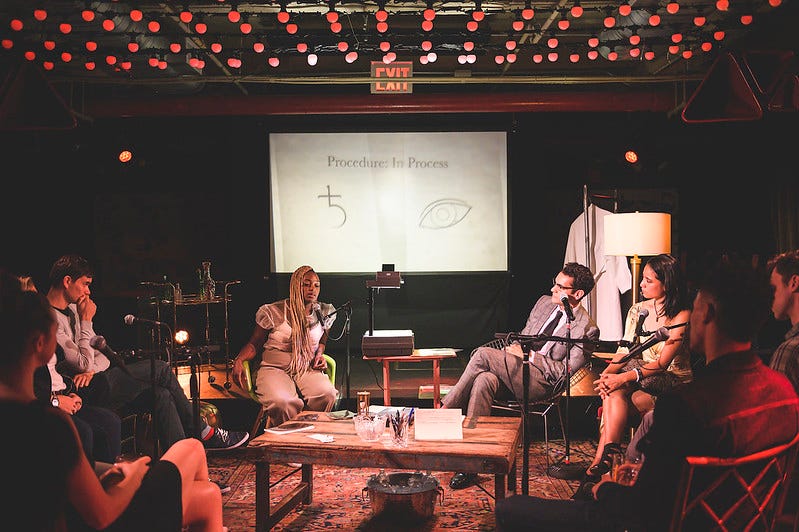
Living in New York City means being constantly surrounded by people. Subway cars during rush hour are jam-packed. Many of us work in open floor plan offices where we share space with our coworkers. And the high cost of rent means the majority of us who are single come home to an apartment filled with roommates at night. But despite the constant presence of other humans, many people find New York City to be a difficult place to make friends. It’s easier — and occasionally safer — to play with our phones than talk to strangers in public, and conversations with coworkers often revolve around shared work responsibilities. I’m more likely to ask my roommates to buy more toilet paper than I am to ask them a deeper, more meaningful inquiry. Asking personal questions can often feel taboo, even inappropriate, unless the person you’re talking to is a friend or family member (perhaps less so if alcohol is involved).
How, then, are we supposed to get to know people as adults? Conversations at events often follow the same pattern of small talk. Where are you from? What do you do for work? Knowing that someone is from Wisconsin and that they work in market research isn’t the same as knowing who someone really is. This is the problem A Cocktail Party Social Experiment is trying to solve. Designed by immersive performer and experience designer Wil Petre, the experiment aims to create an analog experience in which a group of strangers gets to know each other in a deeper and more meaningful way.
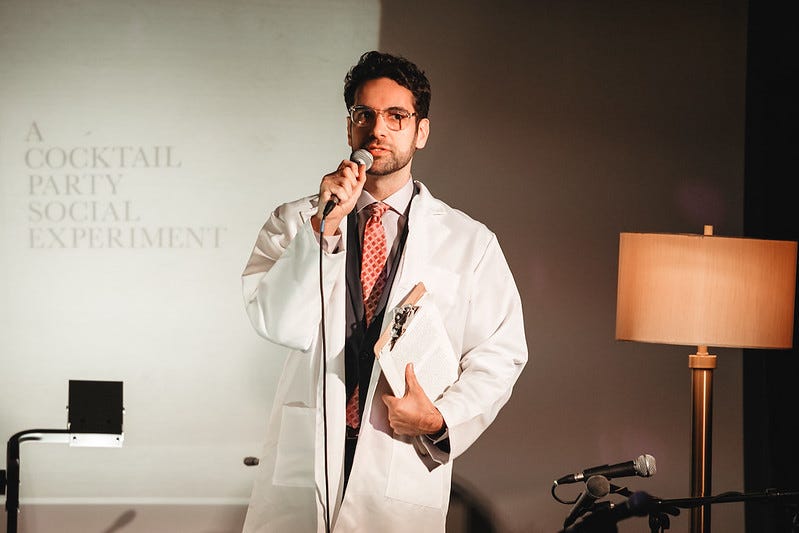
The experiment takes place on a Monday evening at Chelsea Music Hall. At the front of the room is a stage. Eight charmingly mismatched chairs sit around a coffee table. A large Persian rug and several vintage lamps give the stage a homey vibe. The rest of the room is filled with rows of chairs and benches. A woman in cat eye glasses and a crisp, white lab coat gives me a form to fill out if I’d like to be chosen as one of the participants for tonight’s experiment. I fill out the form and drop it into a paint bucket with the other hopefuls. The room is packed. Dozens of people sit alone or in pairs in the audience, and others mill around and explore the space or wait for drinks at the bar. An older woman sits down next to me and asks how many times I’ve been. She tells me this is her fourth time; she keeps coming back in the hopes of being chosen. When the eight names of the participants are called a few minutes before the game begins, I am not chosen. Neither is she. She visibly slumps in her seat.
The participants — cast in roles as party guests — are taken to a back room and presumably briefed on how to play the game. The rest of us remain in our seats while the two hosts, who have removed their white lab coats to reveal cocktail attire beneath, explain the rules. A doorbell chimes and the guests arrive at the “party.” On the coffee table, there are two piles of cards. One pile contains alchemical symbols. The other contains drawings of everyday objects. The two objects together — for example, a rocking chair and the symbol for copper — are used to find the corresponding question in the host’s book of questions. If you had a crystal ball that could tell you anything about your future, what would you want to know? What is a mystery that has not been explained? The guest of honor each round draws the cards, and then has five to ten minutes to answer the question. The host and other party guests are allowed to ask further questions of the guest of honor until the time runs out and the next guest’s turn begins.
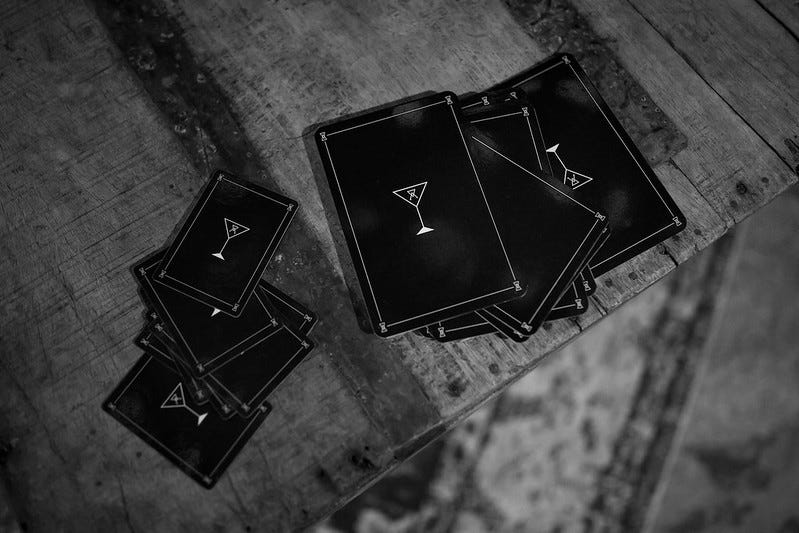
The questions are delightful and varied. Guests share their stories and thoughts on subjects like the existence of God, the difficulty and guilt of living far from aging parents, experimentation with psychedelic drugs and alternative lifestyles, and the best ways to handle the quiet cruelties of life. Perhaps it is the alcohol, perhaps the strict no-phones policy, perhaps just the thrill of telling stories on a stage, but the party guests are open and earnest and, though I wasn’t part of the conversation, I could feel their sense of connection. It’s what we all want in a conversation: to listen, to learn, to share, and to feel seen and heard.
Get Cheyenne Ligon’s stories in your inbox
Join Medium for free to get updates from this writer.
SubscribeSubscribe
However, that sense of connection did not include me as an audience member. Putting my form in the paint bucket and hoping to hear my name called reminded me of elementary school assemblies where entertainers like magicians and yoyo trick performers would put on a show and ask for a volunteer from the audience. That feeling of raising my hand, waving it around, and attempting to stare directly into the soul of the magician in hopes that he would choose me as his volunteer assistant, and the sinking feeling of disappointment when he inevitably chose a kid in the front row, were mirrored by my feeling of not being chosen for the experiment. But since we were all adults and not a gymnasium full of petulant children, there was no collective sigh of disappointment from the audience at A Cocktail Party Social Experiment. Though certainly there were people there who preferred to be voyeurs, my guess is that the majority of audience members would have preferred to play the game. The experiment was still fun to watch, and it did provide a lot of food for thought, but I would be hard-pressed to say I would go again if I knew I would once again be in the audience.
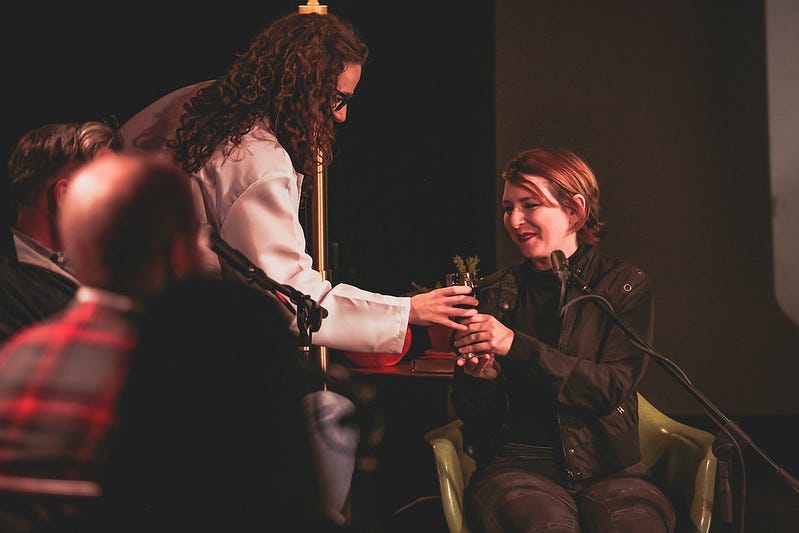
I think there are two ways to improve this part of the experience. There could be multiple groups of the same size running at the same time, so everyone gets to participate. Or, tickets could be sold on a tiered system, where those who wish to play the game pay a higher price than those who are there to watch. A similar approach was taken at Radiohole’s Now Serving where audience members were divided into dinner guests who participated in the experience, and the gallery, who mostly just watched.
A Cocktail Party Social Experiment defines itself as “an unconventional hybrid of immersive theatre, game night, story slam, and boozy voyeurism.” But A Cocktail Party Social Experiment isn’t a play, it’s a game. And you, as an attendee, are more likely to be cast as a voyeur than a participant, so you don’t get to play. I certainly enjoyed the vintage, 50s decor and the hosts’ costumes, but that’s not enough to call it truly immersive. Even if we agree that the party guests were immersed, the rest of us were not. Bottom line, when you have a seated audience that does not get to participate, and the “show” happens on a stage, you don’t have immersive theatre.
The rest of the description is accurate — it is a mix of game night, story slam, and alcohol-fueled voyeurism — and it’s an incredibly lovely combination. The conversations created by the questions are vulnerable, honest, and transfixing to listen to. I admire and support the quest to provide more opportunities for meaningful, human connection. But watching others connect is not “connection,” and leaves those hoping to participate, and form connections of their own, disappointed. I think the hypothesis of A Cocktail Party Social Experiment is correct. Wil Petre has indeed created an analog experience that allows a group of strangers to get to know each other in a deeper, more meaningful way. We all need more of that in our lives, and participating in experiences like this one is one way to do so. But until the barrier between audience and participant is broken down, the opportunity for connection in A Cocktail Party Social Experiment feels too much like it depends on chance.
A Cocktail Party Social Experiment continues its monthly residence through April. Tickets are $20.
NoPro is a labor of love made possible by our generous Patreon backers. Join them today!
In addition to the No Proscenium web site, our podcast, and our newsletters, you can find NoPro on Twitter, Facebook, YouTube, Instagram, in the Facebook community Everything Immersive, and on our Slack forum.
Office facilities provided by Thymele Arts, in Los Angeles, CA.


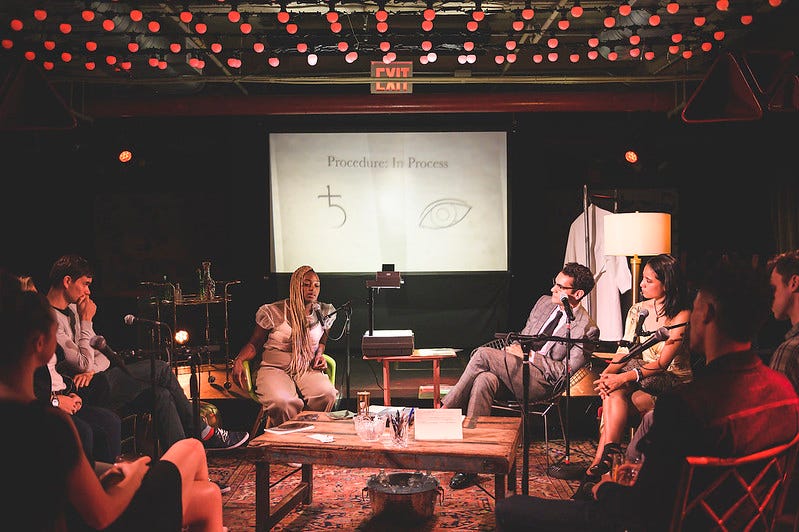


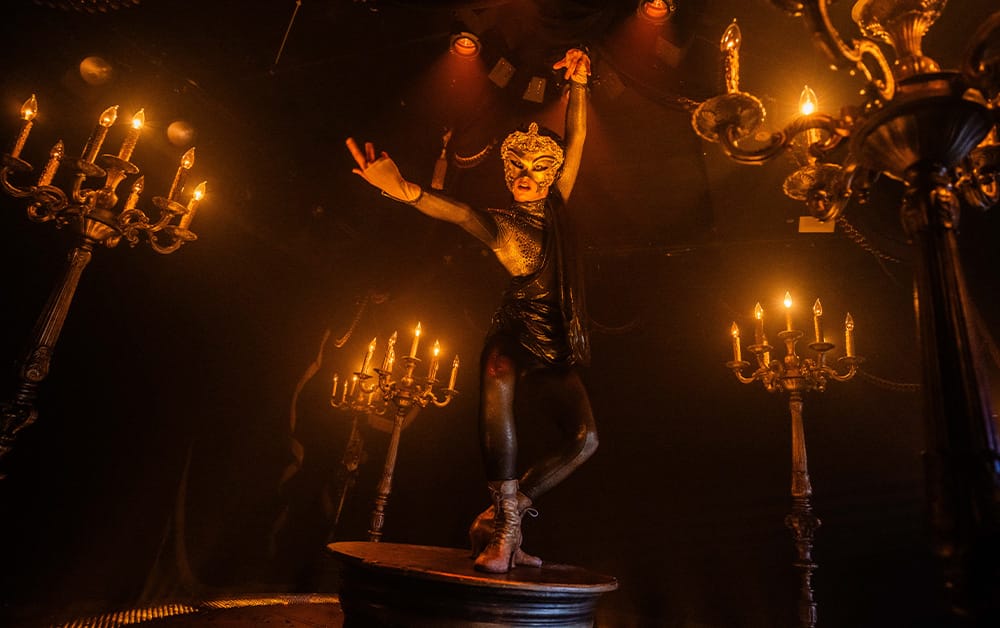




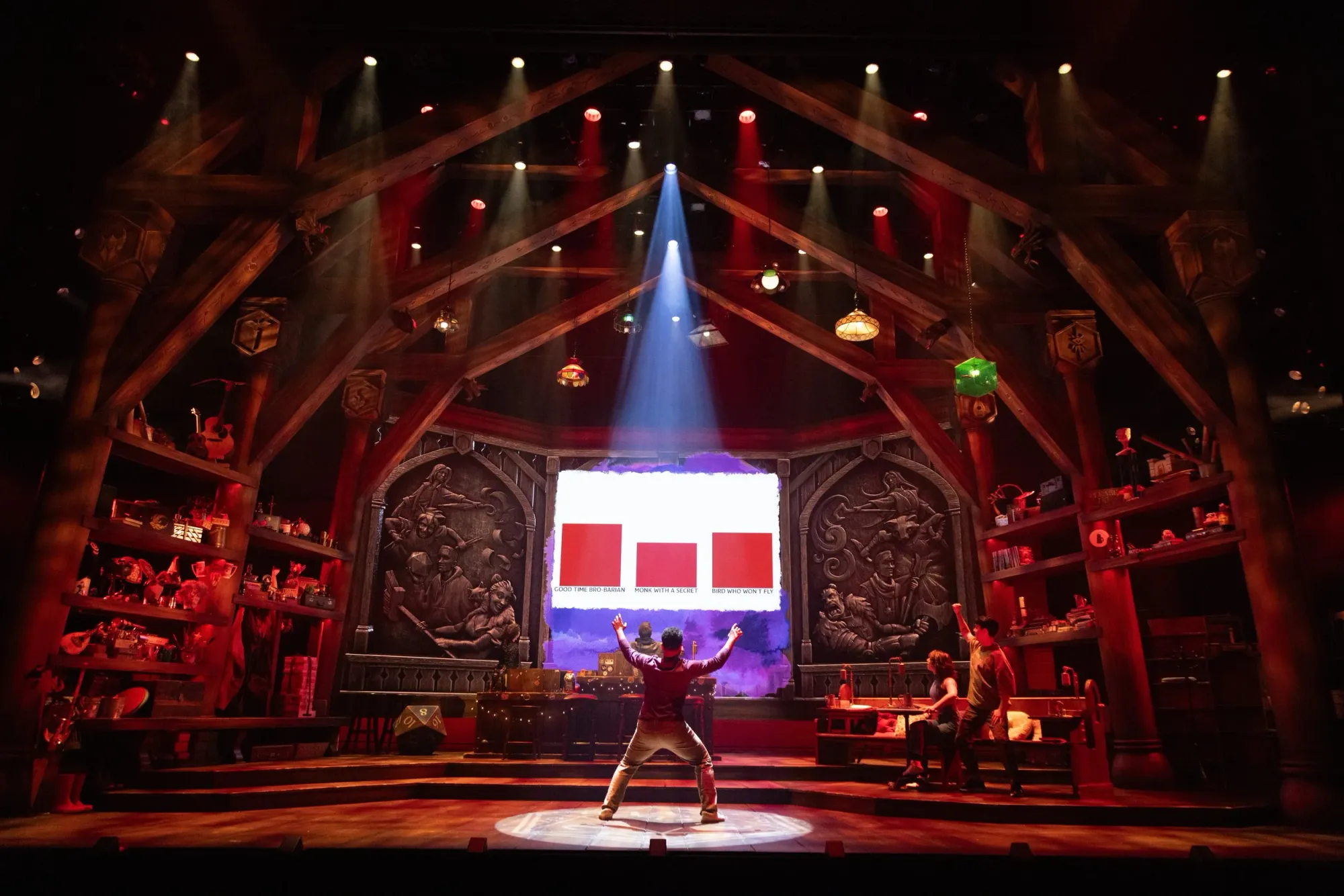
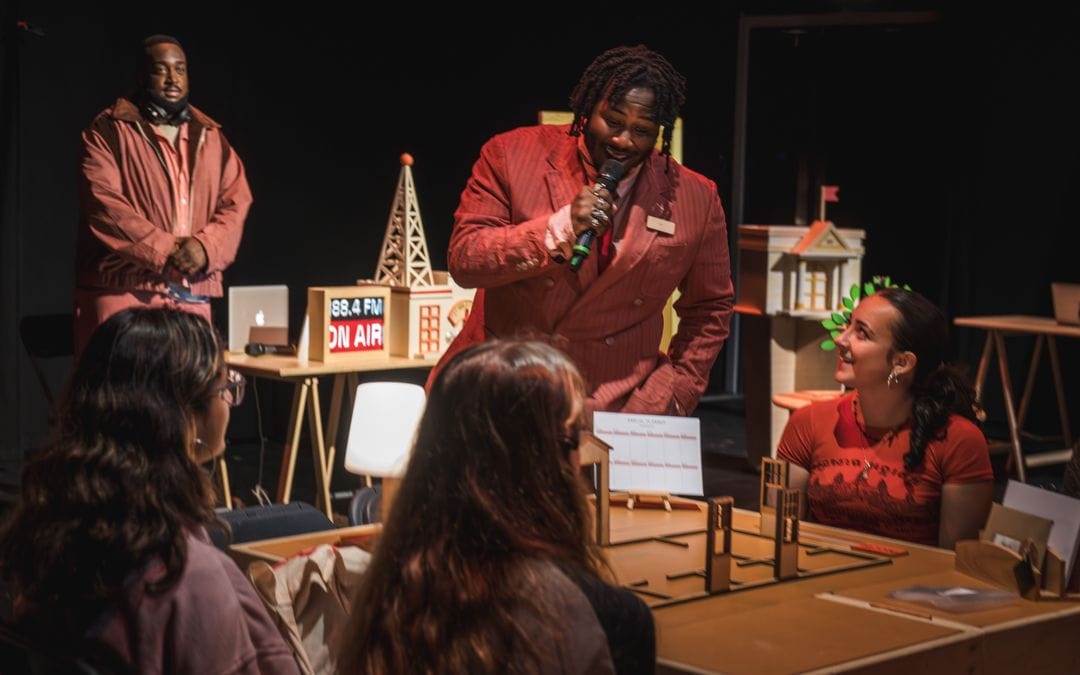







Discussion